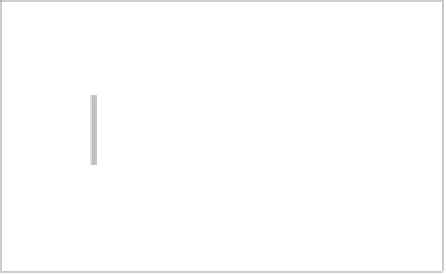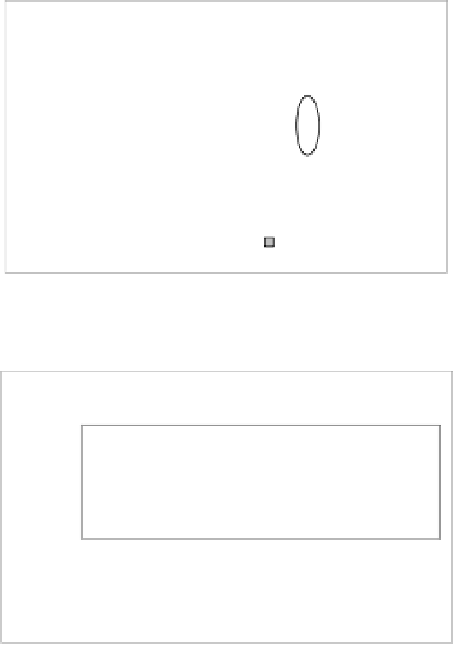Cryptography Reference
In-Depth Information
Table 2 shows the hotel ratings of (genuine) users and attackers. In the sample case
of push attack, the active user is Alice and the system will predict the rating on H10
using the ratings of the neighborhood profiles. The attacker, Eve, has injected the five
attack profiles which give the high rating on H10. The push attack gives the high
rating to the target item. In the case of nuke attack, the system will predict the rating
on H12 for the active user Alice using the ratings of the neighborhood profiles. The
attacker, Eve, has inserted the low rating on H12 to demote the target hotel rating.
Collaborative Filtering produce the personal recommendation by computing the
similarity between the ratings of the neighborhood with target user for target item. On
account of the shilling attacks, the active user can not get the actual rating of the
target item. By applying modified RPCF algorithm, the push attack and nuke attack
can be detected.
The evaluation results are depicted in the following figures with comparison of
before and after attack detection algorithm is applied for push attack and nuke attack.
Push Attack
150
100
50
0
123456789101112131415
Ite ms
Normal Us er Rating
A tt ack Profile Ratin g
Fig. 4.
Comparison of Hotel Ratings Values for Push Attack
Nuk e Attack
150
100
50
0
1
2
3
4
5
6
7
8
9
10 11 12 13 14 15
Ite ms
Normal Us er Rating
Attack Profile Rating
Fig. 5.
Comparison of Hotel Ratings Values for Nuke Attack
Fig. 4 and 5 present the comparison of the total ratings for hotels of genuine users
and attackers. Attackers inserted the push attack to H10 and nuke attack to H12 which
shows the significant difference between the attackers' rating and genuine users
rating. The total ratings of the other items are not very different or nearly the same.
























































































































































Search WWH ::

Custom Search